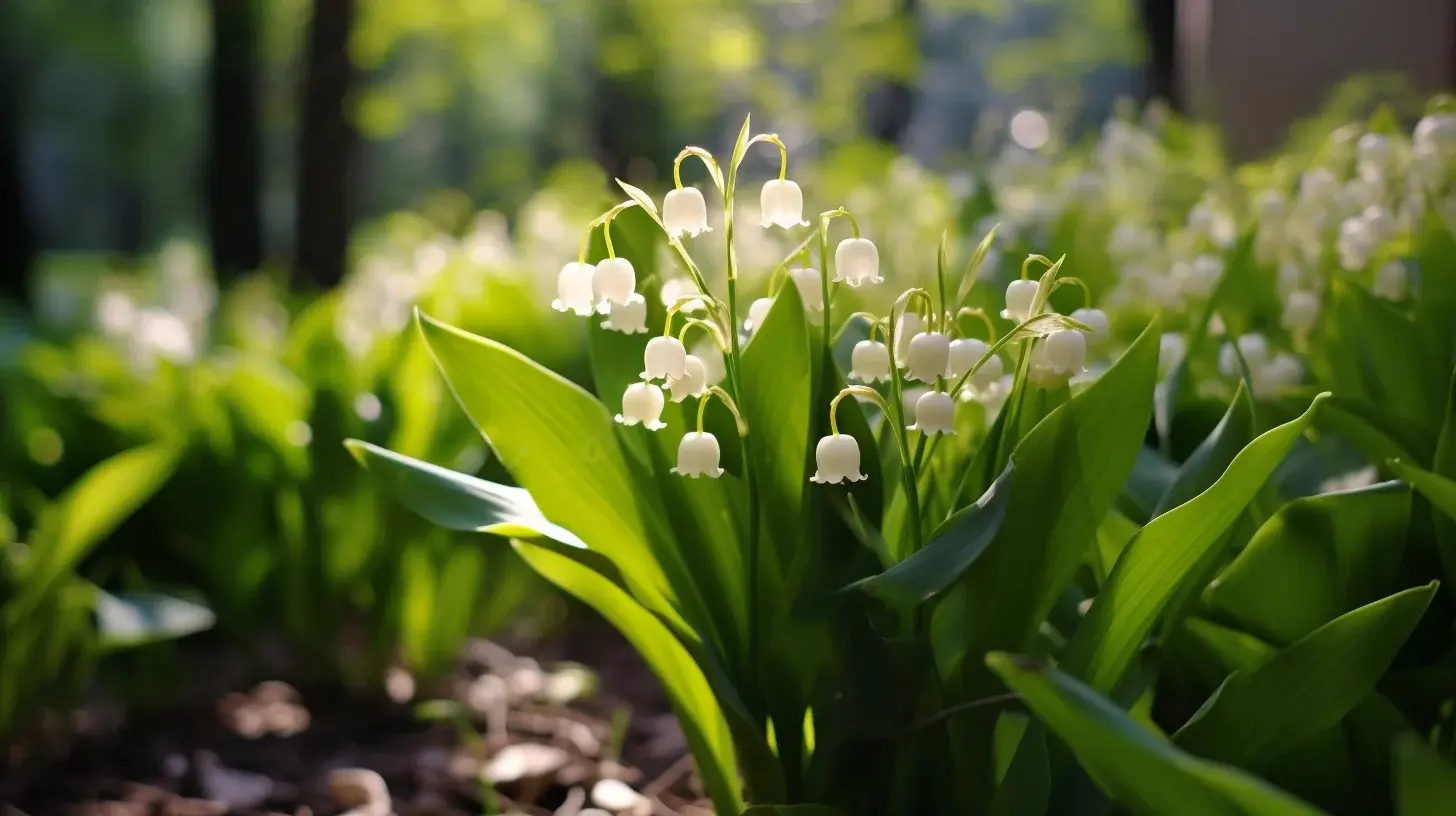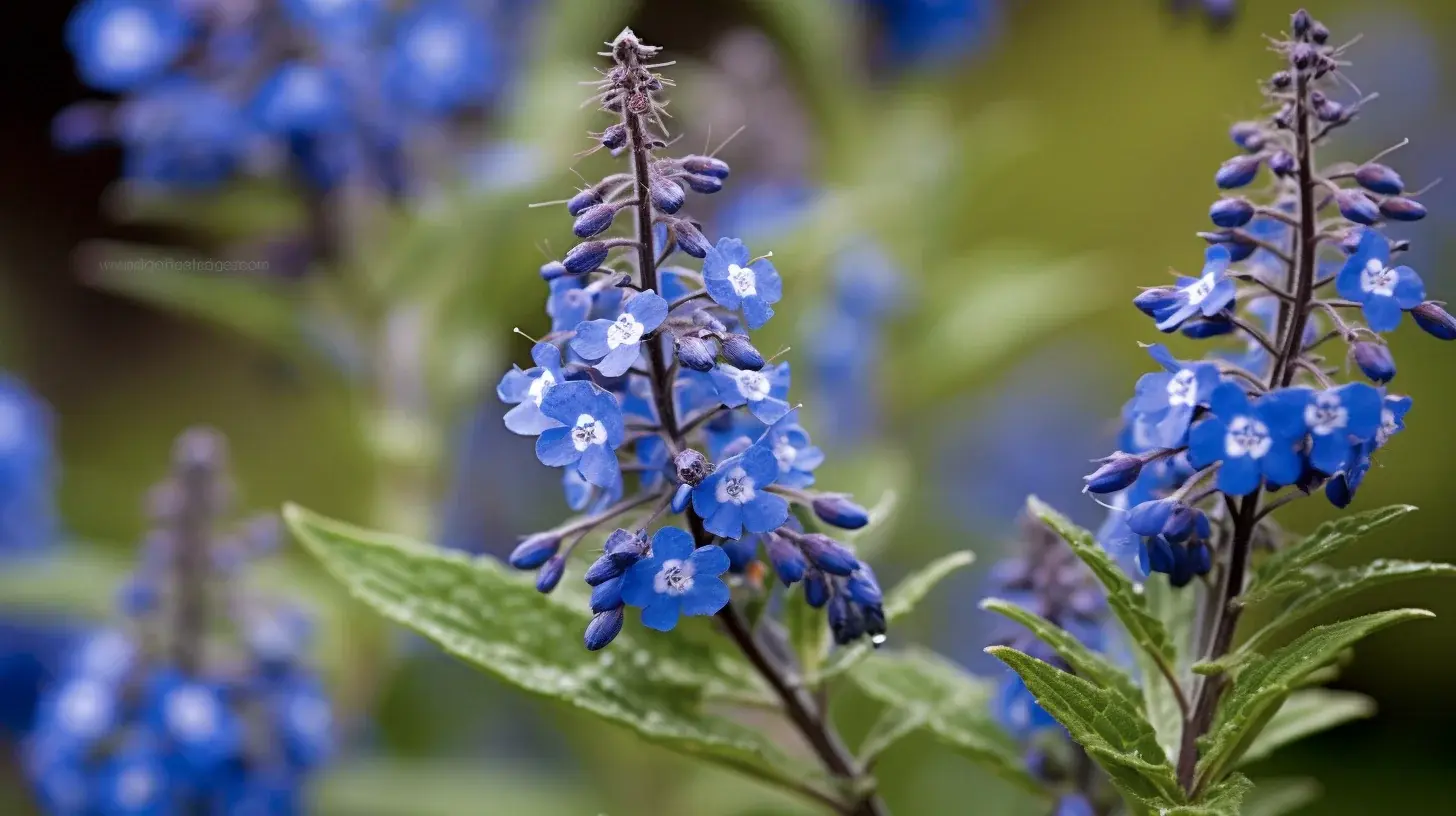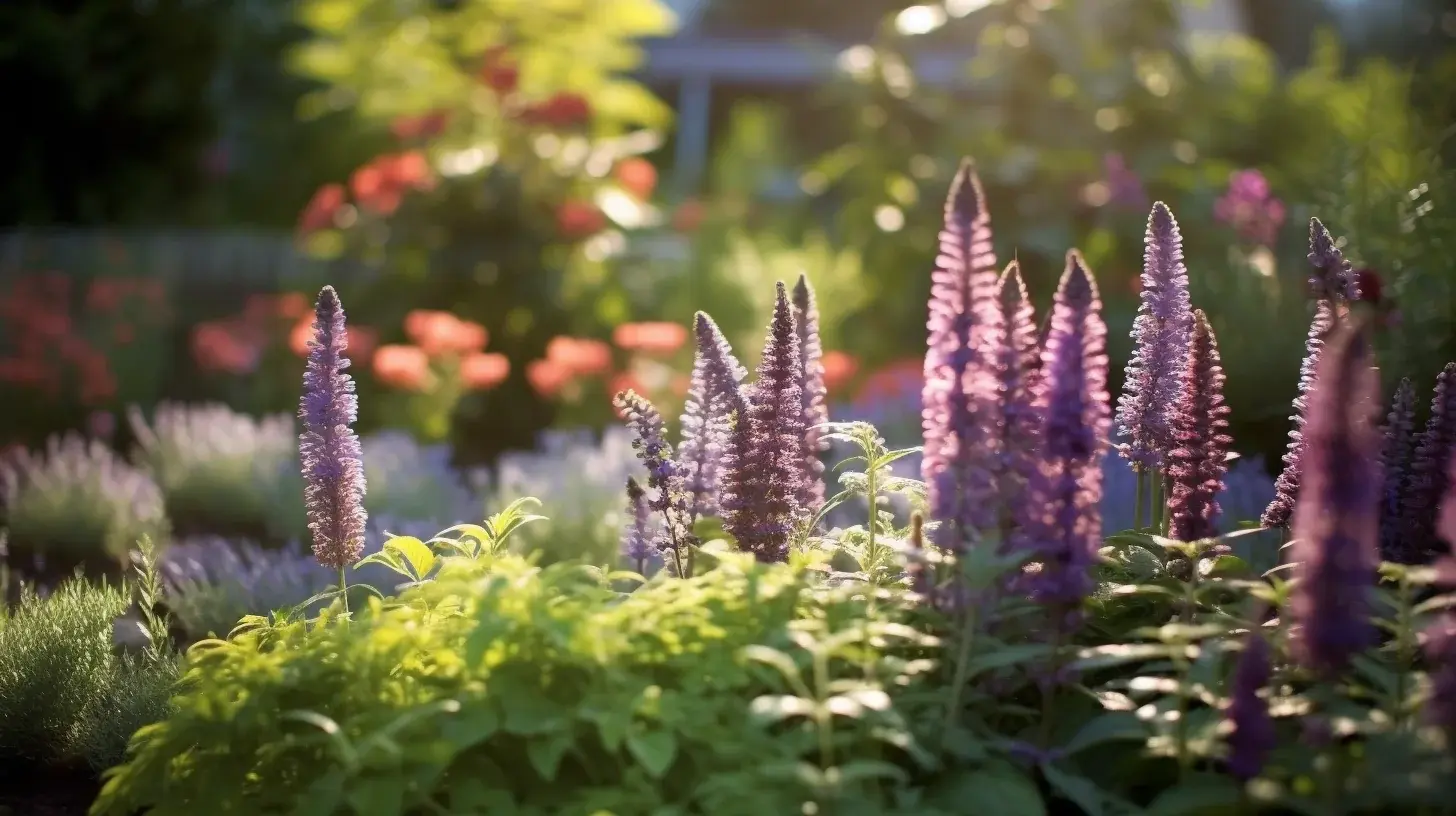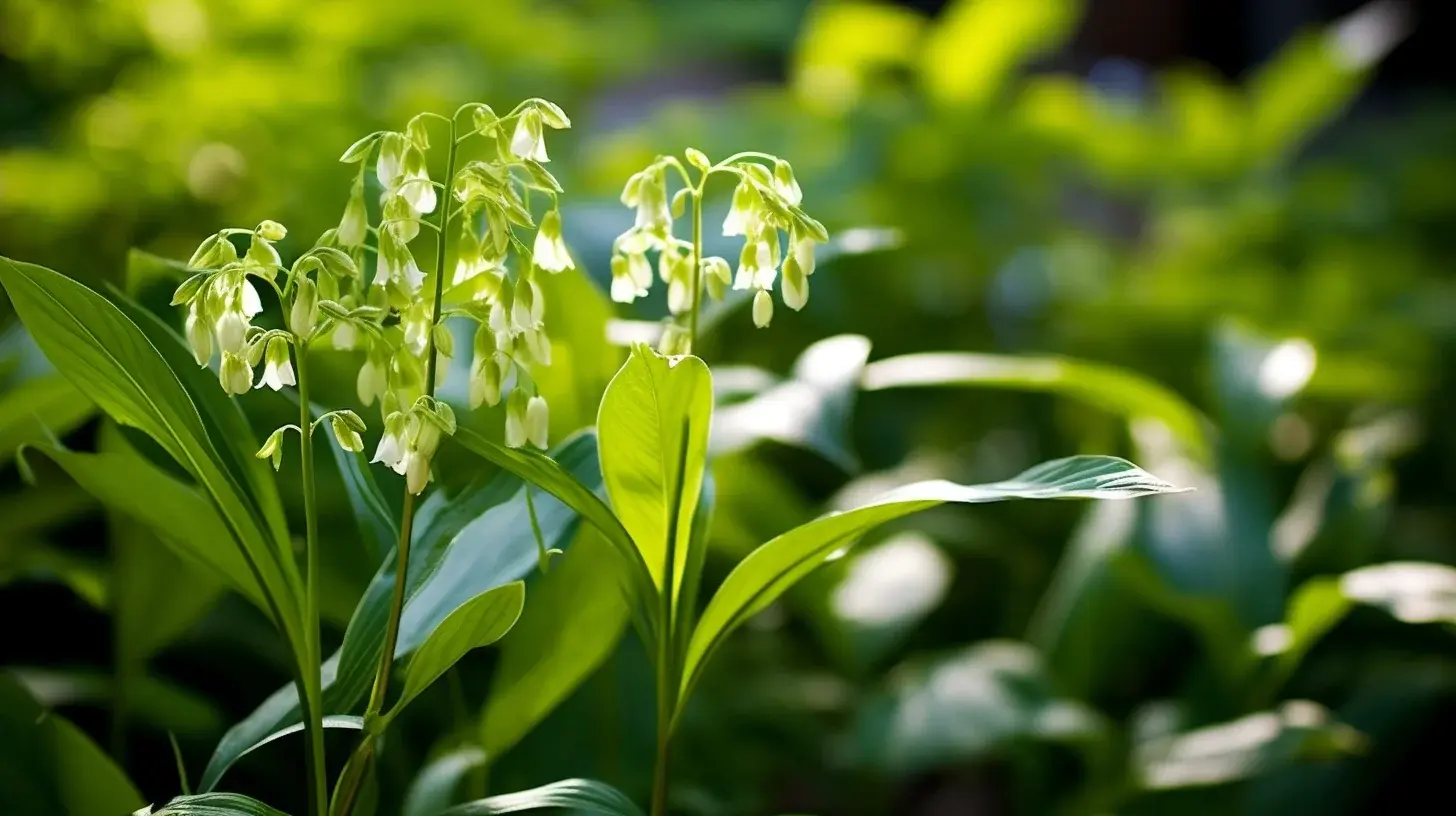
Shade Perennials
Thriving in the Shadows: Your Guide to Shade Perennials with Oregon Super Soil
Struggling to fill those shady garden corners? Shade perennials offer a vibrant solution! From the lush foliage of Hostas to the delicate blooms of Bleeding Hearts, these hardy plants transform dim spaces into thriving displays. This guide explores their varieties, ideal growing conditions, and how Oregon Super Soil can boost their growth.
Discover Shade Perennials: Perfect Plants for Low-Light Areas
Shade perennials flourish in areas with limited sunlight, making them ideal for dark garden corners, under tree canopies, or along north-facing walls. Let's dive into some standout options for your shade garden.
Top Shade Perennials to Brighten Your Garden
- Hostas: Renowned for lush foliage, Hostas offer diverse sizes and colors for creative garden designs. They thrive in well-drained soil and require minimal care.
- Ferns: Add elegance with delicate fronds. Ferns adapt to various soils, prefer slight acidity, and excel as ground cover or backdrops.
- Astilbe: Bring color with feathery flowers in white, pink, or red. Astilbe loves moist, well-drained soil and shines in borders.
- Bleeding Hearts: Create romance with heart-shaped blooms on arching stems. They favor well-drained soil for a woodland garden vibe.
- Siberian Bugloss: Known for heart-shaped leaves and tiny blue flowers, this plant is a fantastic ground cover for texture in shady spots.
- Lily of the Valley: Enjoy sweetly scented, bell-shaped flowers. It spreads quickly in well-drained, acidic soil as effective ground cover.
- Solomon's Seal: Add height with arching stems and white bell flowers. It thrives in well-drained soil and enhances garden structure.
Ideal Conditions for Shade Perennials
Shade perennials adapt to filtered or indirect light, with preferences ranging from dappled to deep shade. Check each plant's light needs when planning your garden. Soil also plays a key role—most favor well-draining, nutrient-rich earth that retains moisture without sogginess.

Boost Growth with Oregon Super Soil
Oregon Super Soil, crafted from aged Douglas Fir bark, compost, and organic matter, nurtures shade perennials perfectly. Its living microorganisms thrive in cool, moist shade, mirroring the plants' ideal environment. This soil enhances structure, retains moisture, and delivers nutrients, ensuring vibrant growth in shaded areas.
Planting Tips for Shade Perennials
Start by clearing weeds and loosening soil. Add a layer of Oregon Super Soil for fertility and drainage. Dig a hole twice as wide as the plant's root ball, ensuring the top sits level with the soil. Backfill, firm gently, and water regularly—avoid overwatering to prevent root rot. Mulch around plants to retain moisture and control weeds.
Nourishing Your Plants
Support growth with Oregon Super Soil as a nutrient-rich amendment. For an extra boost, use Root Enhancer with mycorrhizal fungi to improve nutrient uptake and stress resistance.

Maintenance and Pruning
Prune in late winter or early spring to remove dead growth and shape plants. Watch for pests like slugs and diseases like powdery mildew. Ensure air circulation and avoid late-day watering to prevent damp conditions that foster issues.
Overcoming Common Challenges
Growing shade perennials comes with hurdles, but solutions are within reach. Here's how to tackle frequent issues:

Pests and Diseases
Slugs and mildew thrive in moist shade. Promote airflow and use organic pest control if needed.
Soil Problems
Poor drainage or nutrient loss affects growth. Oregon Super Soil improves structure and nourishes plants effectively.
Light Issues
Monitor shade levels as they shift daily and seasonally. Relocate plants or use shade cloths if necessary.

Plant Competition
Larger plants can overshadow perennials. Space properly and pair with compatible companions for harmony.
Winter Care
Protect roots with mulch in cold months. Use frost cloths for evergreen perennials during harsh freezes.

Harvesting and Enjoying Your Garden
While shade perennials mainly offer beauty, some like Hostas have edible parts for culinary use. Research each plant's potential to maximize enjoyment.
Conclusion: Transform Your Shade Garden
Shade perennials bring life to challenging garden spots. With proper care and Oregon Super Soil, they'll become stunning focal points. Explore more tips in our Green Thumb Guide or visit our shop for essential products. Happy gardening!